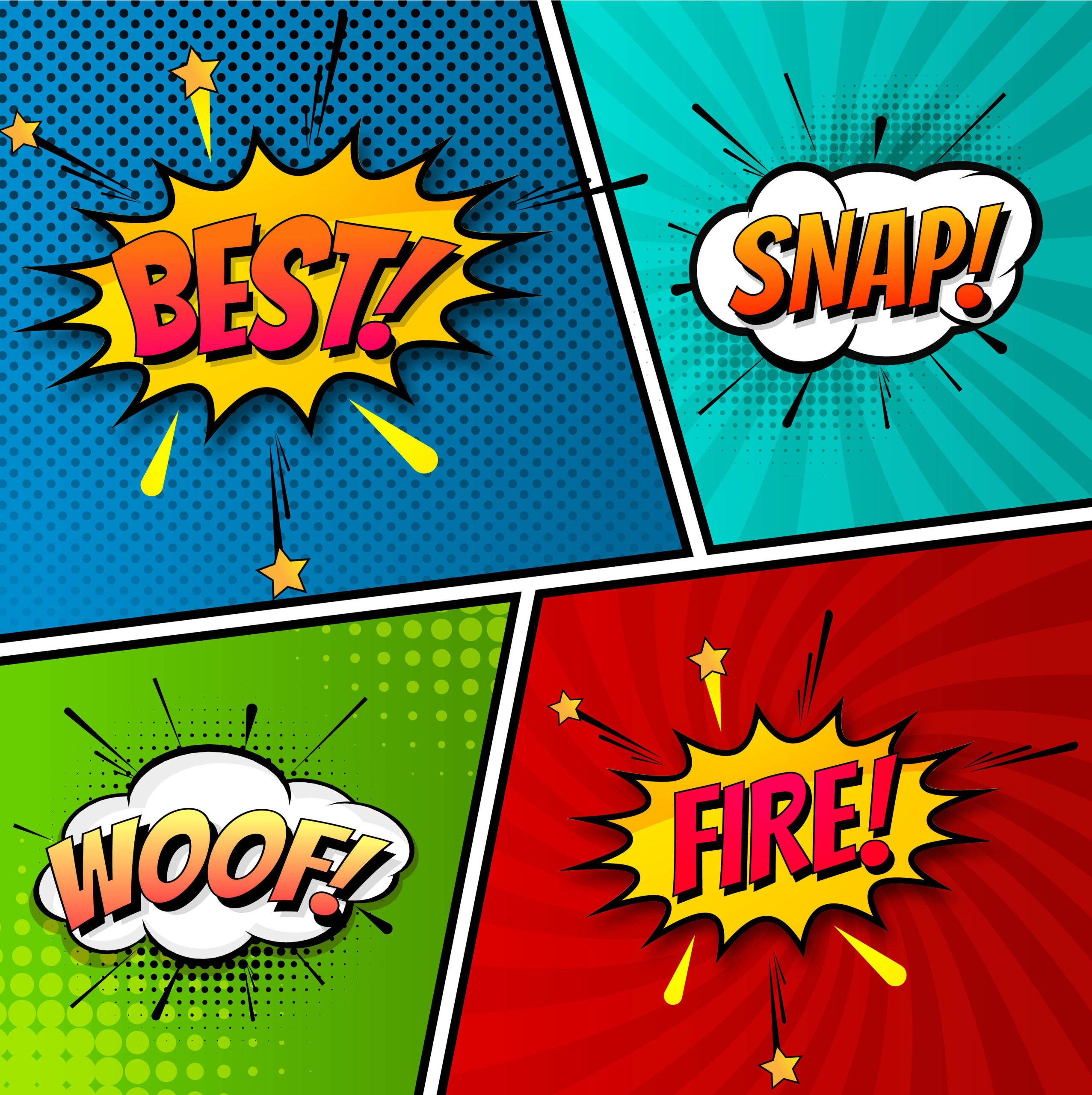The Main Lessons from Comic Scriptwriting for Essayists
When embarking on the journey of writing a script for a comic, one enters a world where creativity meets structure, where the boundless realms of imagination are distilled into the concise, powerful format of a script. This process mirrors the essence of crafting an analytical essay, where one must balance the art of persuasion with the rigor of argumentation. Before diving into the depths of how comic script writing can enlighten essayists, let's consider an example of analytical essay. Such essays typically begin with a thesis statement, followed by body paragraphs that present evidence and analyses to support this thesis, and conclude with a summary of the arguments and their implications. This structured approach is surprisingly akin to the script writing format used in comics, where a narrative is broken down into panels and pages, each with a specific purpose and contribution to the overall story.

What is Script Writing in Comics?
To appreciate the lessons essayists can learn from comic scriptwriting, it's crucial to understand what is script writing in the context of comics. Writing a script involves detailing the narrative, dialogue, and visual elements of a story in a format that can be effectively translated into visual art. A script writing template often includes descriptions of scenes, actions, and characters, as well as the dialogue and captions that will appear in the final comic. This meticulous planning ensures that the story's creative elements are seamlessly integrated with its structural components, a balance that is equally vital in analytical essay writing.
The Creative Process of Script Writing
Writing a script for a comic is a creative endeavor that requires imagination, vision, and the ability to convey complex ideas through a combination of visual and textual elements via effective storytelling. This process often starts with a broad concept or theme, which is then refined into a detailed plot. The scriptwriter must envision the scenes, how characters interact, and how the narrative progresses. This aspect of scriptwriting is akin to the brainstorming and outlining phases of essay writing, where one must generate and organize ideas before committing them to paper.
Script Writing Tips for Structuring Arguments
Script writing tips often emphasize the importance of clarity, pacing, and engagement. These elements are just as crucial in essay writing. Clarity ensures that your argument is understandable, pacing keeps your reader engaged from introduction to conclusion, and engagement makes your argument compelling and memorable. This is where the craft of writing script for comics shines, offering a model for essayists on how to weave engaging narratives around their arguments.
So, what can essayists learn from comic script writing to balance creativity with argument?
Visual Thinking: Comics rely heavily on visuals to tell a story. Essayists can adopt this approach by using vivid language and examples to paint a picture in the reader's mind, making complex ideas more accessible and engaging.
Economy of Words: Comic script writing teaches the art of saying more with less, a valuable lesson for essayists who must make every word count. This skill is particularly useful in constructing clear and concise thesis statements and arguments.
Sequential Flow: Just as a comic script guides the reader through a series of panels, an analytical essay should guide the reader through a logical progression of ideas. This requires careful planning and organization, ensuring that each paragraph builds upon the last to support the central thesis.
Character Development: In comics like Frank Cho’s ones on apesandbabes.com, characters drive the narrative forward. Similarly, in analytical essays, the "characters" could be the concepts or arguments that evolve and deepen throughout the essay. Giving these concepts depth and relatability can enhance the persuasive power of an essay.
Dramatic Tension: Comics often create tension to keep the reader engaged. Essayists can apply this technique by presenting a problem or question early in their essay that is gradually explored and resolved, maintaining the reader's interest throughout.
From Script Writing Format to Essay Format
The script writing format offers a unique perspective on organizing content that essayists can find beneficial. In comics, the transition between panels and scenes must be smooth to maintain the flow of the narrative and keep the reader engaged. Likewise, the transitions between paragraphs in an essay must be seamless to ensure the argument's coherence and persuasiveness. The deliberate pacing and emphasis in comic scripts—determining which moments to highlight and which to summarize or skip—can inspire essayists to be more strategic in their argumentation, emphasizing their strongest points and judiciously using evidence.
The Role of Visuals in Script Writing and Essay Writing
While essays don't incorporate visuals in the same way comics do, the principle of showing rather than telling is relevant to both. In writing scripts for comics, the visual elements are meticulously planned to convey emotions, settings, and actions, often reducing the need for explanatory text. Essayists can apply this principle by crafting vivid, descriptive analyses that paint a clear picture for the reader, making the argument more compelling and memorable.
Embracing Script Writing Templates for Analytical Essays
In conclusion, the lessons from comic script writing can significantly enrich the process of writing analytical essays. The balance of creativity with structure, the importance of clear and purposeful organization, and the power of showing rather than telling are just a few of the insights essayists can gain from the world of comics. By adopting a script writing template mindset, essayists can enhance their ability to present arguments in a manner that is both persuasive and engaging. The art of writing script for comics, with its blend of narrative drive and visual storytelling, offers a rich source of inspiration for anyone looking to strengthen their analytical writing. In this light, the structured creativity of comic script writing becomes a beacon, guiding essayists in their quest to craft essays that resonate with clarity, conviction, and a touch of artistry.